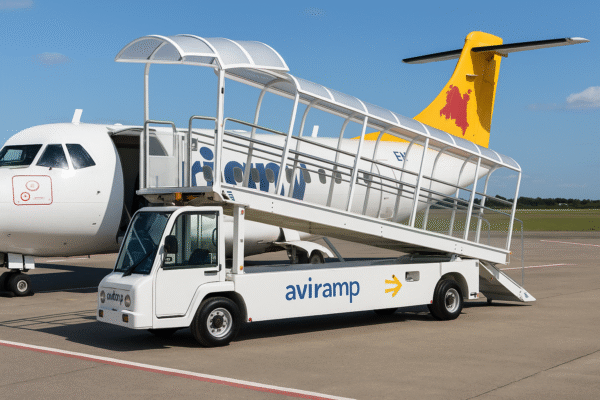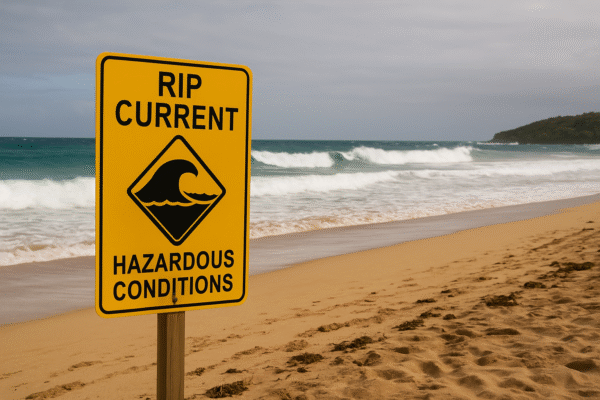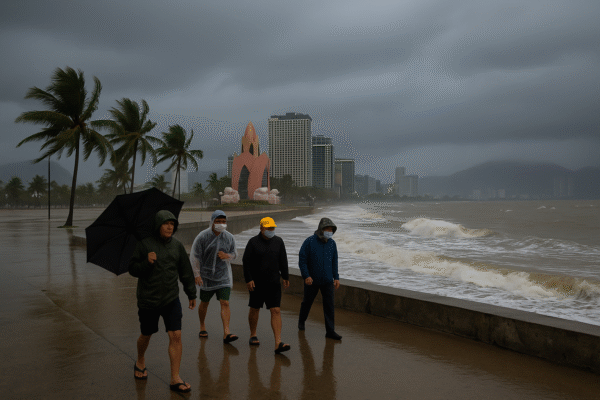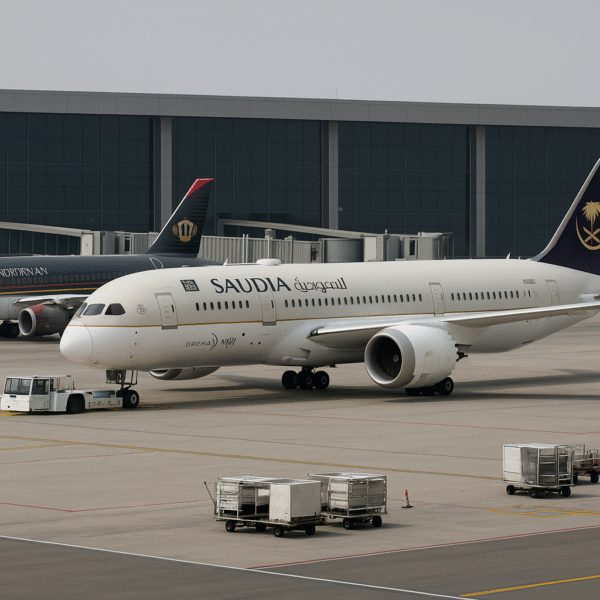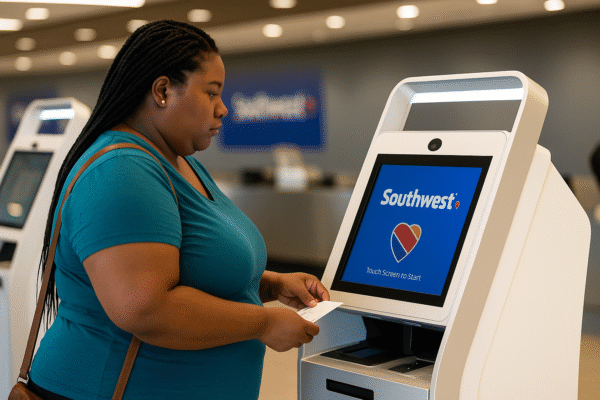In a move that’s poised to reshape travel habits across the nation, Southwest Airlines is rolling out a revamped “Customer of Size” seating policy effective January 27, 2026. Aligned with its shift to assigned seating, the new rules introduce stricter guidelines and tighter refund conditions for passengers who require an additional seat. This marks a notable departure from the airline’s long-standing, more flexible approach, raising questions about affordability and accessibility.
From Free Extra Seats to Upfront Purchase Requirements
Southwest has long been a favorite among plus‑size travelers due to its accommodating policy: if a passenger’s body extended beyond the armrests, they could board early or request an extra seat and receive a refund afterward. That era is drawing to a close. Under the updated guidelines, any traveler who cannot fit within the confines of a single seat must pre‑purchase a second contiguous seat at the time of booking, or face a steeper fare if purchasing at the airport. This ensures comfort and compliance with safety protocols aligned with assigned seating.
Tougher Refunds: What Travelers Must Know
Refund eligibility for the extra seat now hinges on a set of three specific conditions:
- The flight must still have at least one unoccupied seat at departure—even accounting for standby or “space‑available” passengers.
- Both tickets must be in the same fare class (e.g., Basic, Choice, Choice Preferred).
- The refund request must be submitted within 90 days after travel.
Previously, refunds were more liberally granted—even on sold‑out flights—making the new structure a substantial shift.
Operational Shift: Assigned Seating Takes Center Stage
This policy overhaul is being driven primarily by Southwest’s major operational change: the end of its open-seating style. Starting January 27, 2026, passengers will select assigned seats during booking, with new fare bundles including options like Standard, Preferred, and Extra Legroom — all fostering more predictability but aligning Southwest with standard airline practices.
Customer Backlash and Travel Impacts
The changes have triggered concern among travelers and advocates. Tigress Osborn of the National Association to Advance Fat Acceptance voiced the anxiety facing many: taking the risk of losing the extra-seat cost may effectively bar them from flying Southwest at all.
Fashion writer Corinne Fay, who commutes frequently to visit family, anticipates airfare doubling—from around $400 to over $800 round-trip—due to lack of refund guarantees.Others are weighing whether to drive instead, reprioritize trips, or switch airlines altogether.
Fare Changes, Luggage Fees, and Fare Bundles
Southwest’s “Even Better” evolution includes more than just seating adjustments. The airline recently discontinued its two free checked-bags perk, introducing fees ($35 for the first bag, $45 for the second). At the same time, Southwest launched new fare types—Basic, Choice, Choice Preferred, and Choice Extra—each offering different combinations of seat selection, boarding priority, refundability, and baggage advantages.
What This Means for Travelers
- Plan Ahead: Plus-size travelers must now secure an extra seat at booking to avoid last-minute costs—and understand it may not be refundable.
- Monitor Flight Capacity: Since refunds depend on available seats at departure, checking flight load can be critical.
- Choose the Right Fare Bundle: Opting for a fare tier that permits seat selection and provides baggage flexibility may reduce uncertainty and hidden costs.
- Explore Alternatives: For some, the added complexity or cost may push them to look at other carriers or alternate travel plans.
Final Thoughts
Southwest’s choice to retire its signature open-seating model and inclusive practices signals a broader industry shift toward standardization and fee-based revenue structures. While assigned seating and structured fares may enhance operational predictability, they risk alienating a passenger base that has relied on flexibility and equity. For plus-size travelers especially, the changes challenge both comfort and cost management.
As the airline pivots to this new era, clear communication and traveler awareness will be essential. Whether these policy shifts will erode long-standing customer loyalty—or simply reflect modern airline economics—remains to be seen.
For more travel news like this, keep reading Global Travel Wire

